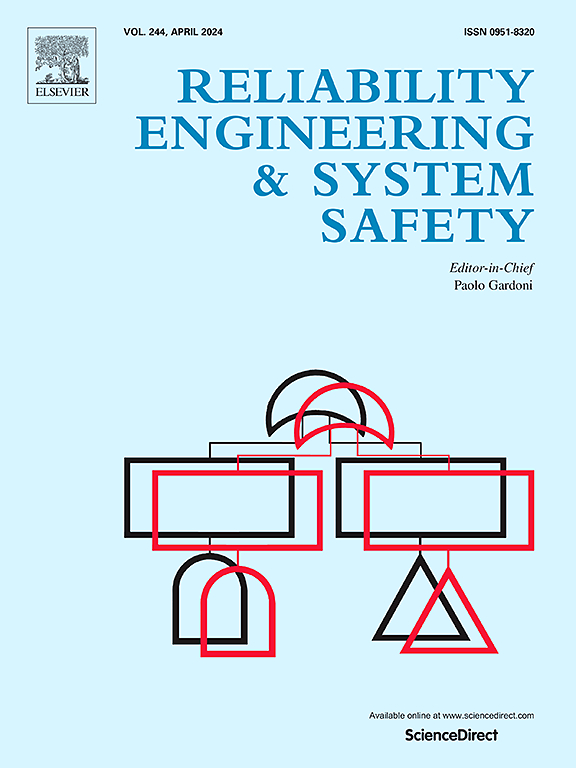Review on modeling the societal impact of infrastructure disruptions due to disasters
IF 9.4
1区 工程技术
Q1 ENGINEERING, INDUSTRIAL
引用次数: 0
Abstract
Infrastructure systems play a critical role in providing essential products and services for the functioning of modern society; however, they are vulnerable to disasters, and their service disruptions can cause severe societal impacts. To protect infrastructure from disasters and reduce potential impacts, great achievements have been made in modeling interdependent infrastructure systems in past decades. In recent years, scholars have gradually shifted their research focus to understanding and modeling societal impacts of disruptions considering the fact that infrastructure systems are critical because of their role in societal functioning, especially in situations of modern societies. Exploring how infrastructure disruptions impair society has become a key field of study. By comprehensively reviewing relevant studies, this paper demonstrated the definition and types of societal impact of infrastructure disruptions, and summarized the modeling approaches into four types: extended infrastructure modeling approaches, empirical approaches, agent-based approaches, and big data-driven approaches. For each approach, this paper organized relevant literature in terms of modeling ideas, advantages, and disadvantages. Furthermore, the four approaches were compared according to several criteria, including the input data, applicable societal impact types, spatial scales, and application contexts. Finally, this paper illustrated the challenges and future research directions in the field.
求助全文
约1分钟内获得全文
求助全文
来源期刊

Reliability Engineering & System Safety
管理科学-工程:工业
CiteScore
15.20
自引率
39.50%
发文量
621
审稿时长
67 days
期刊介绍:
Elsevier publishes Reliability Engineering & System Safety in association with the European Safety and Reliability Association and the Safety Engineering and Risk Analysis Division. The international journal is devoted to developing and applying methods to enhance the safety and reliability of complex technological systems, like nuclear power plants, chemical plants, hazardous waste facilities, space systems, offshore and maritime systems, transportation systems, constructed infrastructure, and manufacturing plants. The journal normally publishes only articles that involve the analysis of substantive problems related to the reliability of complex systems or present techniques and/or theoretical results that have a discernable relationship to the solution of such problems. An important aim is to balance academic material and practical applications.
 求助内容:
求助内容: 应助结果提醒方式:
应助结果提醒方式:


